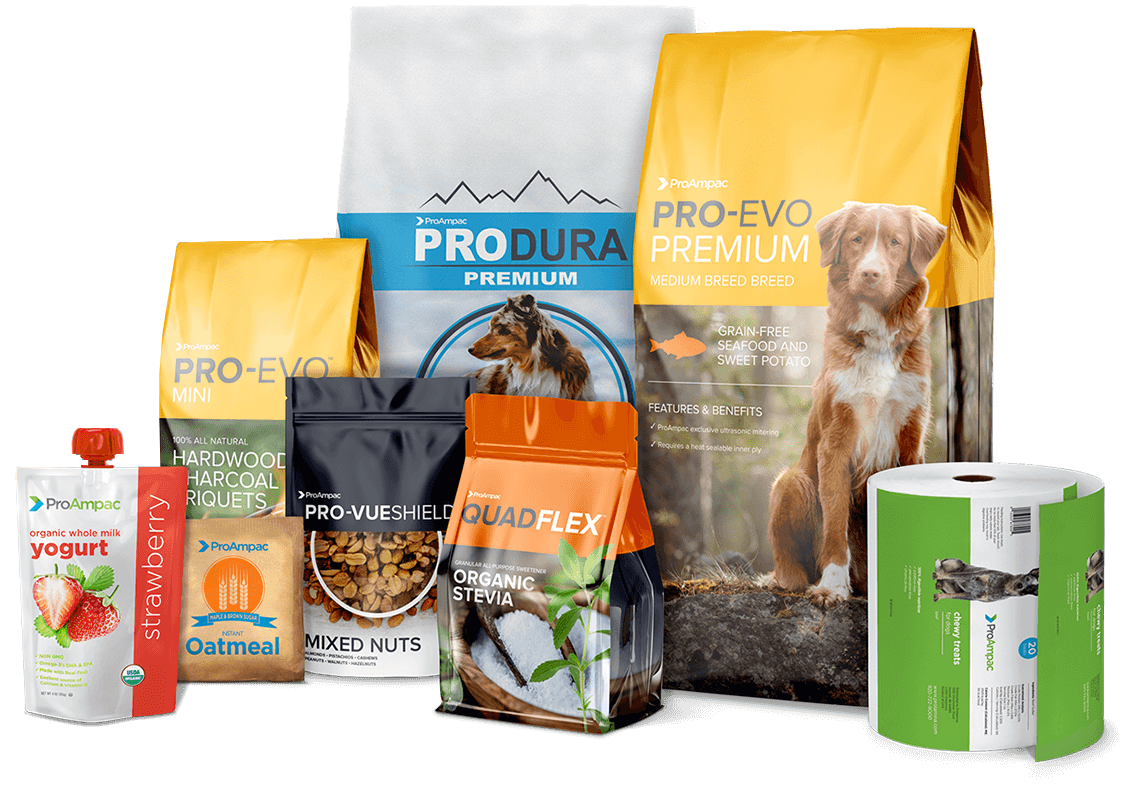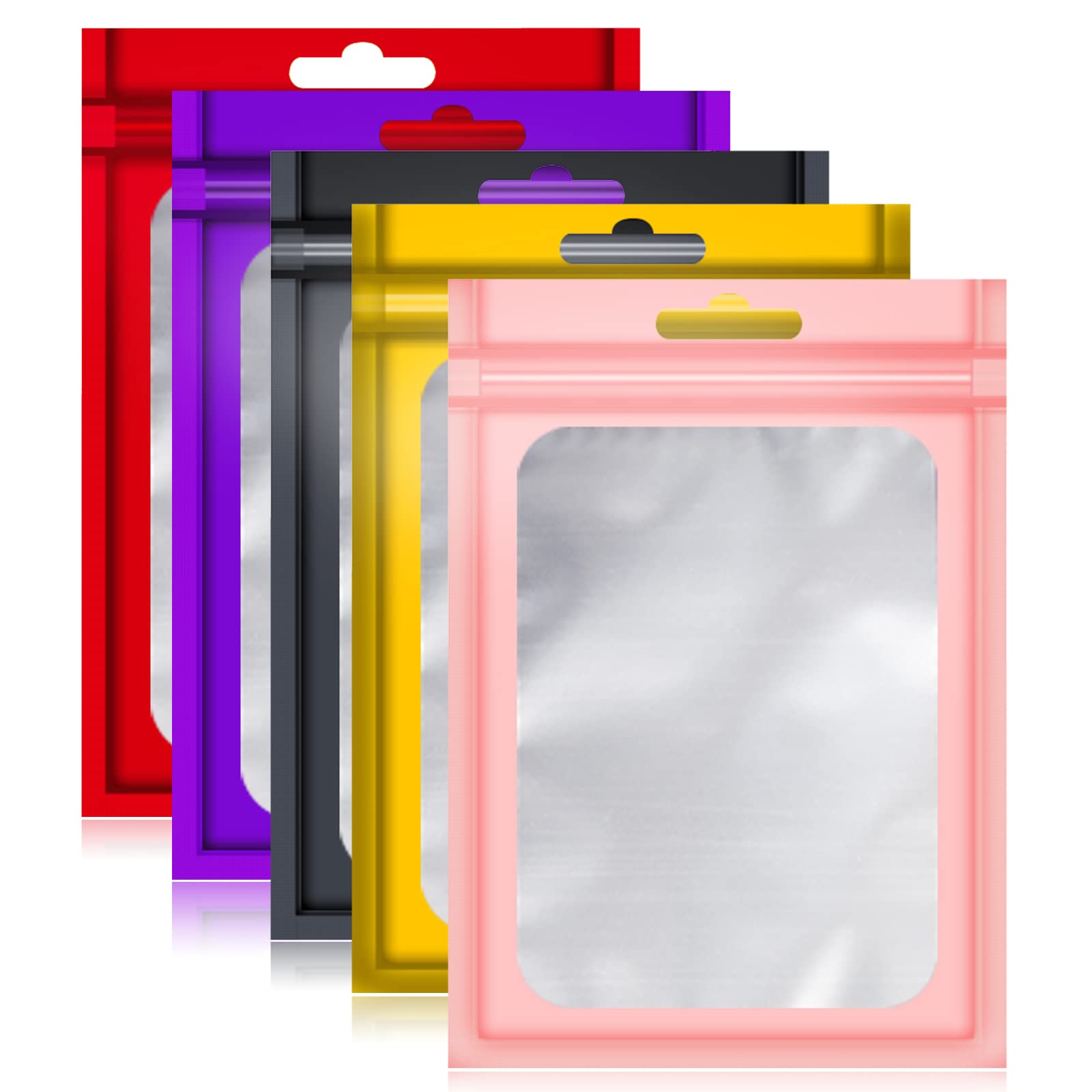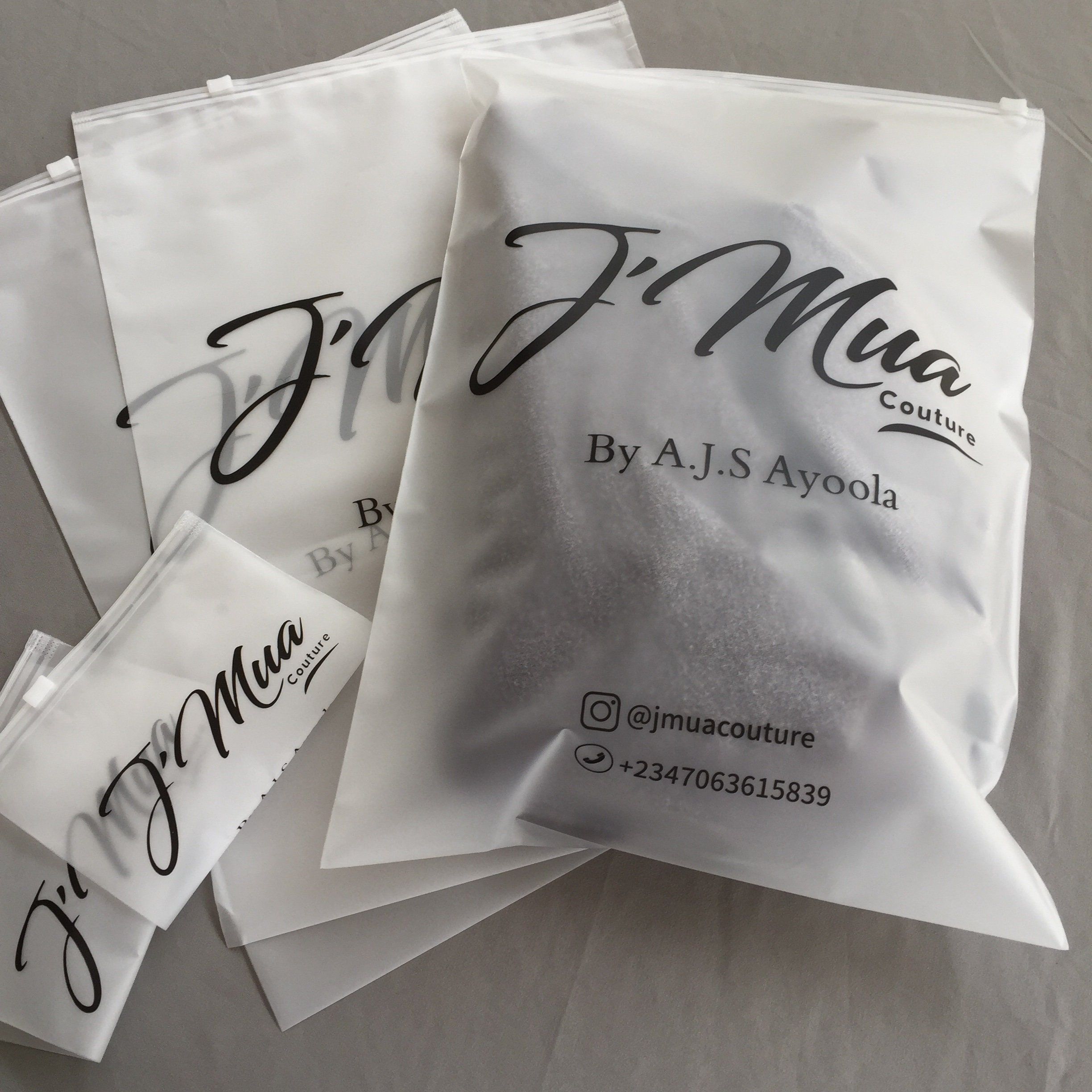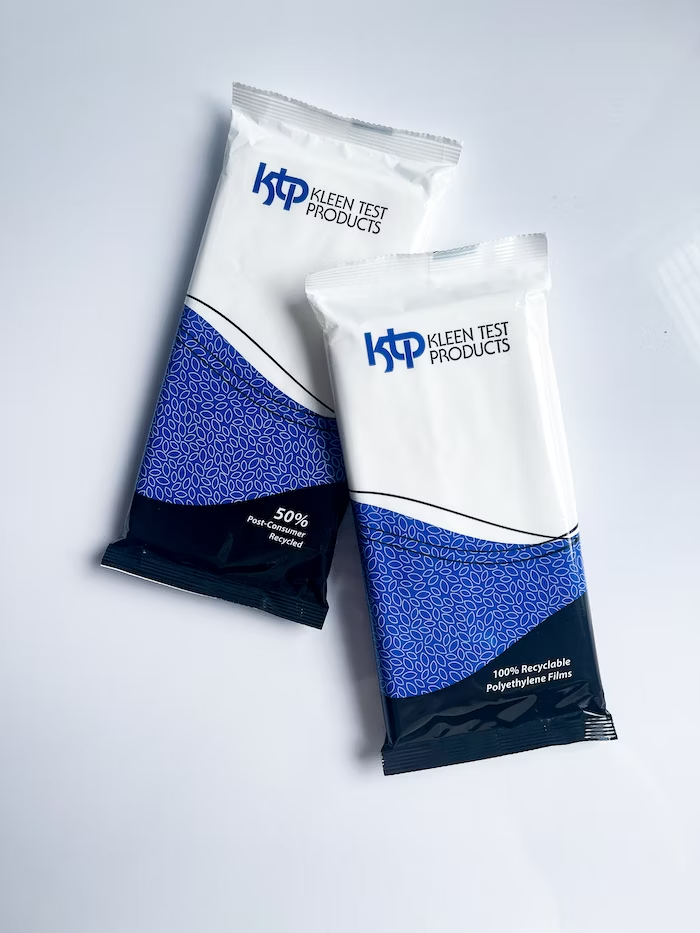
In today’s competitive market, packaging is more than just a container; it’s a silent salesperson, a brand ambassador, and a key component of product success, especially in the realm of food packaging. This article dives deep into the world of packaging, focusing on the benefits of flexible packaging and the crucial role it plays in the food packaging industry. Whether you’re a seasoned professional or new to the game, this guide is worth reading, as it explores the different types of flexible packaging, the perfect packaging strategies, and how to choose the right packaging to elevate your brand and ensure product success.
1. What is Perfect Packaging and Why Does It Matter?
Packaging is the art and science of enclosing or protecting products for distribution, storage, sale, and use. But perfect packaging goes beyond basic protection; it’s a strategic packaging solution designed to capture attention, convey brand values, and enhance the consumer experience. It packaging offers a multitude of functions, including preservation, containment, and communication.
Perfect packaging is critical because it directly impacts brand perception, product safety, and sales. It’s the first interaction consumers have with your product, influencing their purchase decisions. The packaging must protect the product’s integrity, extend its shelf life, and convey the brand’s story. Failing to get the packaging right can lead to damaged products, lost sales, and a damaged brand. It is a vital part of any packaging strategy.
2. What are the Key Benefits of Flexible Packaging Solutions?

Flexible packaging refers to packaging that is not rigid and can conform to various shapes. The benefits of flexible packaging are numerous and make it a popular choice for many industries. Flexible packaging solutions are often the best choice for packaging products, as they provide several advantages.
- Product Protection: Excellent ability to protect products from damage, moisture, and other external factors.
- Extended Shelf Life: Superior packaging material barrier properties can significantly extend shelf life.
- Cost-Effectiveness: Generally more cost-effective than rigid packaging, especially for shipping and storage.
- Sustainability: Growing options for recyclable and compostable materials promote brand’s sustainability.
- Customizability: Highly customizable in terms of size, shape, printing, and features.
- Brand Enhancement: Allows for appealing designs, high-quality printing, and effective branding and product information.
3. What are the Different Types of Flexible Packaging for Your Products?
There are many types of flexible packaging, each designed for specific needs. Understanding these types of flexible packaging is crucial for selecting the perfect packaging for your products which directly impacts your brand.
- Stand-up pouches: These are versatile and popular, ideal for both food and beverage and other products. Stand-up pouches provide excellent shelf appeal and can be customizable with zippers and spouts. At Allen, we specialize in offering a wide variety of stand-up pouches.
- Flat pouches: Simple and cost-effective, these are best for single-serve items or applications where a compact packaging is needed.
- Gusseted pouches: These have side or bottom gussets, allowing them to stand upright when filled and ideal for larger volumes or heavier food products. We offer a wide selection of gusseted pouches, ideal for various items.
- Rollstock: This is used for automated filling and sealing machines, streamlining the packaging process.
- Bags: These are a broad category, including bags with various seals and features, suitable for numerous products.
- Pouches: Also includes pouches such as pouch bags like cosmetic packaging, food packaging, and many more.
4. How Does the Choice of Packaging Material Impact My Brand?
The packaging material you select directly impacts your brand. It influences the product’s presentation, sustainability, and even perceived value.
- Plastic: Offers excellent barrier properties, is customizable, and cost-effective, but concerns about its environmental impact require consideration.
- Films: Various films provide different barrier properties and aesthetic options, from clear to opaque, and can enhance product presentation.
- Eco-friendly materials: Options like compostable films, recyclable plastics, and paper-based materials can significantly enhance brand’s sustainability and appeal to consumers.
- Combination of materials: Combining materials allows for a combination of materials tailored performance, such as combining plastic with a liner for added protection or adding a resealable zipper.
Your selection must align with your brand’s story and brand’s sustainability goals, as well as the products and packaging needs. This also helps with consumer experience.
5. What are the Essential Barrier Properties for Protecting Food Products?

For food packaging, the ability to maintain freshness and quality is paramount. The essential barrier properties of your packaging include:
- Moisture barrier: Protects against water absorption or loss, essential for many food products.
- Oxygen barrier: Prevents oxidation, which can lead to spoilage and reduced shelf life, especially for perishable items.
- Light barrier: Protects sensitive products from light-induced degradation.
- Aroma barrier: Keeps flavors in and odors out, maintaining the product’s integrity.
- Physical protection: Resists punctures and tears during handling and transport.
Choosing the right barrier properties ensures the product’s safety and extends its shelf life, maintaining its product quality. Your packaging must provide superior ability to protect.
6. How Can Packaging Design Enhance My Brand and Consumer Experience?
Packaging design is a powerful tool for creating a memorable consumer experience and enhancing your brand’s image. Effective packaging design includes:
- Appealing aesthetics: Colors, graphics, and layouts that capture attention and reflect the brand’s story.
- Clear communication: Easy-to-read branding and product information and instructions.
- Functional features: Resealable options, easy-open designs, and ergonomic shapes that enhance convenience.
- Engaging elements: Customizable options like unique textures or interactive elements to engage consumers.
- Product presentation: Clear consumers to see your product inside.
The design of packaging can strongly influence your brand appeal. We provide customizable options to meet your packaging design needs.
7. What Considerations Should I Keep in Mind for Food Safety Regulations?
Food safety is a non-negotiable aspect of food packaging. You must adhere to relevant food safety regulations to protect product safety and maintain brand trust.
- Food-grade materials: Ensure all packaging material is approved for direct contact with food.
- Proper sealing: Secure seals to prevent contamination and maintain product integrity.
- Testing and certification: Obtain necessary certifications to demonstrate compliance with relevant standards.
- Accurate labeling: Include all required information, such as ingredients, nutritional facts, and storage instructions.
- Regulations to ensure the safety: Keep up to date with regulations to ensure the product’s safety.
8. How Does Sustainability Influence Packaging Choices?

Sustainability is becoming increasingly important to consumers and brands alike. Choosing recyclable or compostable packaging is an essential step to meet the consumers’ demands.
- Recyclability: Design packaging that is easily recyclable.
- Compostability: Use compostable packaging material where appropriate.
- Reduced material usage: Minimize the amount of packaging material used.
- Sustainable sourcing: Source packaging material from responsible suppliers.
- Brand’s sustainability: Emphasize brand’s sustainability to enhance your brand’s image.
- Consortium for waste circularity: Partner with the consortium for waste circularity and work to reduce landfilling and incineration.
Choosing recyclable packaging is vital for brand’s sustainability.
9. What are the Cost-Effective Advantages of Flexible Packaging?
Flexible packaging offers several cost-effective advantages compared to rigid packaging, making it attractive to businesses.
- Lower material costs: Generally less expensive than rigid packaging.
- Reduced shipping costs: Lighter weight reduces shipping expenses.
- Space-saving: Requires less storage space before and after filling.
- Efficient production: Flexible packaging can often be filled and sealed more quickly.
- Extended shelf life: Superior barrier properties can reduce product waste.
- Competitive market: The competitive market offers the best price, along with product and price options.
By reducing expenses and optimizing your supply chain, flexible packaging can boost your profitability.
10. How Can I Ensure the Quality and Reliability of My Packaging Supplier?
Choosing a reliable packaging supplier is crucial to ensuring product safety and maintaining brand reputation. Here’s how to choose one:
- Experience and expertise: Look for a supplier with a proven track record and knowledge of packaging industry.
- Quality control: Ensure the supplier has robust quality control processes.
- Certifications: Verify certifications related to food safety and environmental standards.
- Customizable options: Choose a supplier that offers customizable options to meet your unique requirements.
- Communication and responsiveness: Select a supplier that is responsive and easy to communicate with.
- Flexible packaging solutions: Work with Allen, which is a reliable supplier for your flexible packaging solutions. We provide a wide range of packaging products with quality. Contact us for a quote.
Summary:
- Packaging is a critical component of product success, influencing both consumers’ purchasing decisions and brand perception.
- Flexible packaging offers numerous benefits of flexible packaging, including product protection, extended shelf life, cost-effectiveness, and sustainability.
- Understanding the different types of flexible packaging allows you to choose the best packaging solution for your products.
- Carefully consider the packaging material you select to align with your brand’s story and brand’s sustainability.
- Prioritize barrier properties to protect product integrity and extend shelf life.
- Packaging design is a key tool for enhancing your brand’s image and creating a positive consumer experience.
- Adhere to food safety regulations to ensure product safety.
- Choose sustainable packaging options to meet increasing consumer demand and minimize environmental impact.
- Recognize the cost-effective advantages of flexible packaging to boost your bottom line.
- Select a reliable supplier with experience, quality control, and customizable options.
Are you ready to transform your packaging strategy? Contact us today to learn how our flexible packaging solutions can help your brand succeed. We offer various packaging products, including stand-up pouches, to meet all your packaging needs. Packaging is vital!
Post time: 02-19-2025

